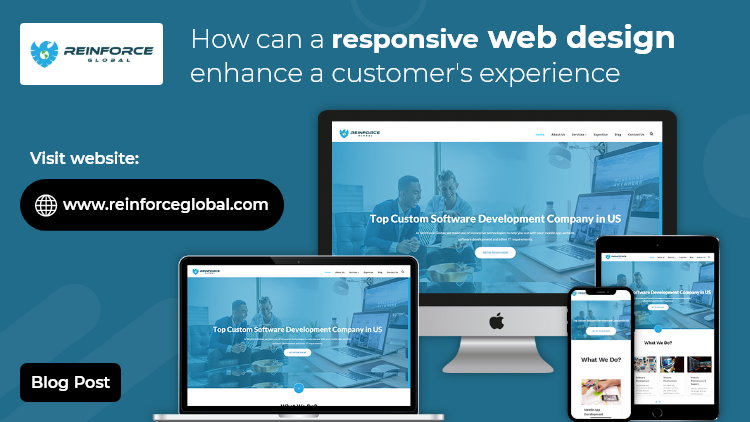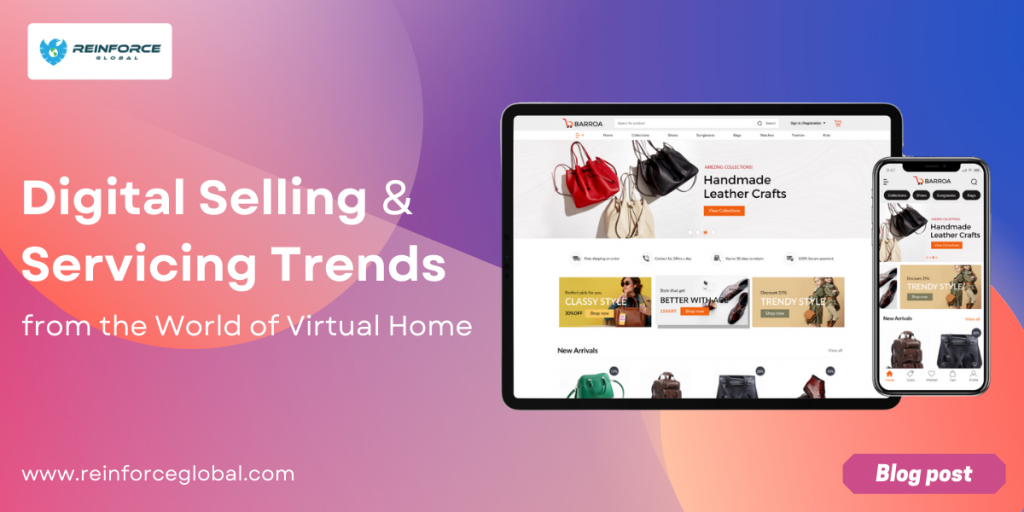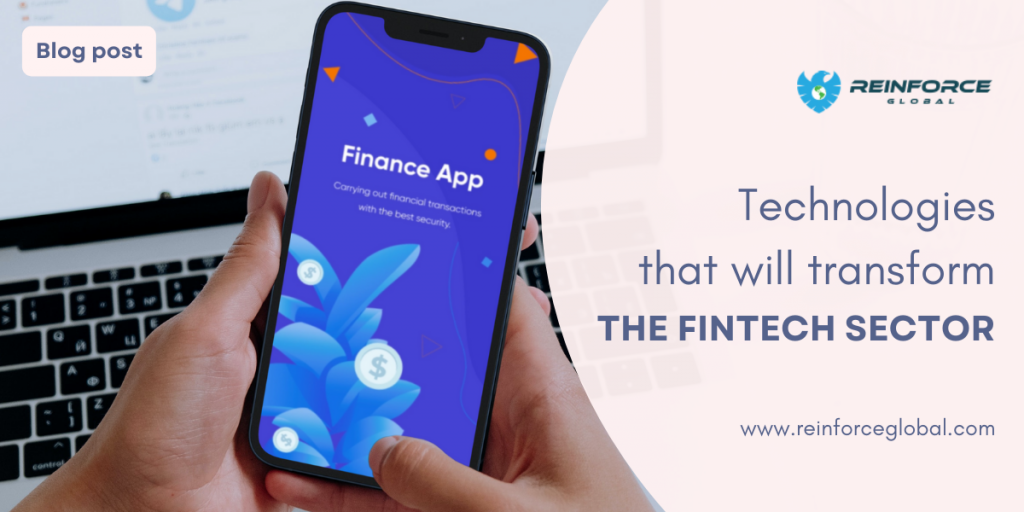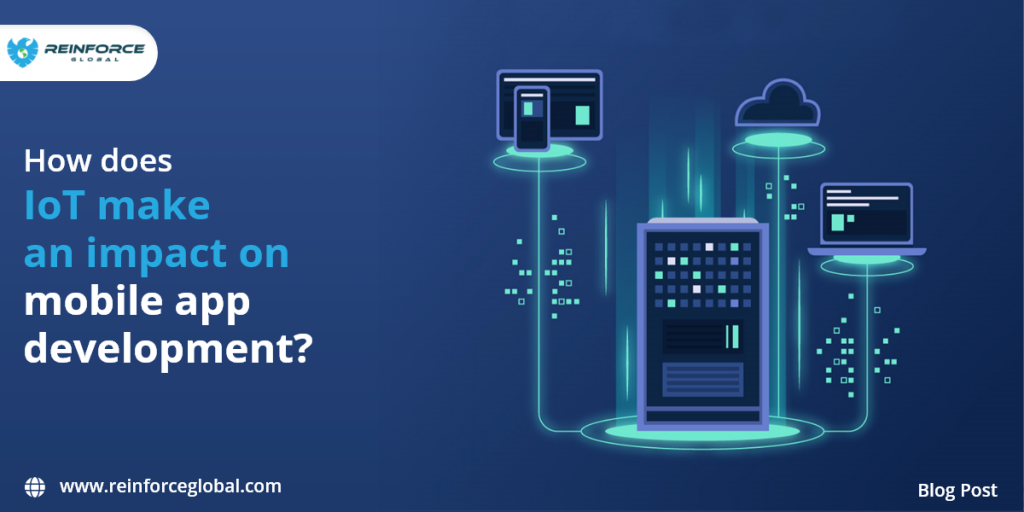With the whole world going digital, a website is essential for retail businesses, service providers, government organizations, schools & colleges, etc. And so, web design, rather a responsive web design, is the need of the hour to ensure a better connection and communication with the target audiences.
What is responsive web design?
A responsive web design is a website design and development technique that helps enhance the browsing experience of a customer by creating a web page that is both responsive and flexible.
A responsive website is optimized for different internet-connected devices, from desktop computers to tablets to smartphones.
As smartphone users are increasing every day, companies are working on mobile responsive website designs to reach out to their customers for more business by providing an uninterrupted browsing experience002E
Let us see how it benefits a brand/business:
- Seamless connectivity across devices: These days, customers arenot confined to a single device to browse regarding their purchases, bookings, bill payments, watching videos, etc. So, a responsive website is a must to ensure a seamless and consistent browsing experience.
- Instant messaging or chat feature: An essential element of a responsive website is the instant messaging or chat facility, which answers any query or resolves a customer’s issue. It ensures customers’ engagement and helps in enhancing their experience.
- Better connect with brand identity:A responsive website design focuses on a brand visual identity (logo, image, color, tagline, etc.) to appeal and create a better connection with its customers. The better customer-brand connection ensures enhanced customers’ experience and loyalty.
- Faster page loads for customers engagement:The loading speed of a web page or website affects a customer’s experience. As per research, if a web page takes more than 3 seconds to load, the customer suspends the search and moves to another website. A responsive website development specialist always keeps this aspect in mind.
A responsive website design works on Cascading Style Sheets (CSS) that use different settings to serve various style properties depending on the resolution, screen size, orientation, color capability, and all-important characteristics.
The responsive websites are designed to automatically fit in the screens of various devices and display the content as per users’ expectations. It truly enhances customers’ experience and saves their time and hassles, as they do not have to zoom or scroll much to view the content while browsing the website.
For brands or businesses, a responsive website helps in improving their search engine rankings as customers tend to spend more time on the website due to its user-friendliness, easy navigation, and quicker response time.
If you are looking for a responsive website development company that can help you create or transform your existing website for achieving enhanced customers’ experience and better business, you can connect with Reinforce Global – a US-based company providing advanced web and mobile technology solutions to modern businesses and start-ups.



